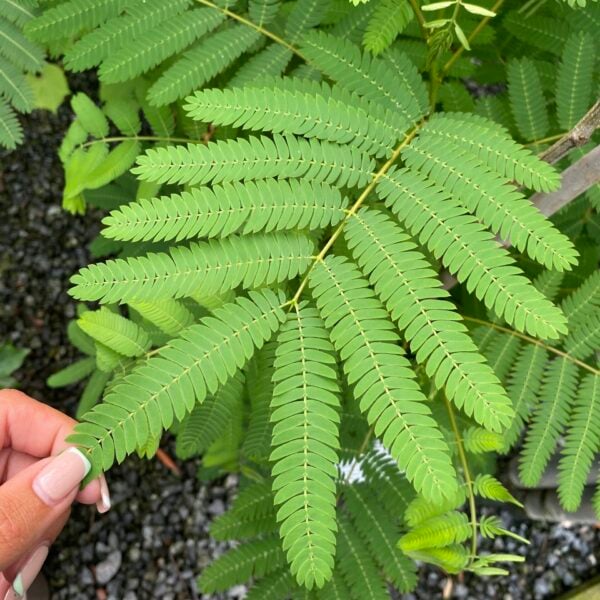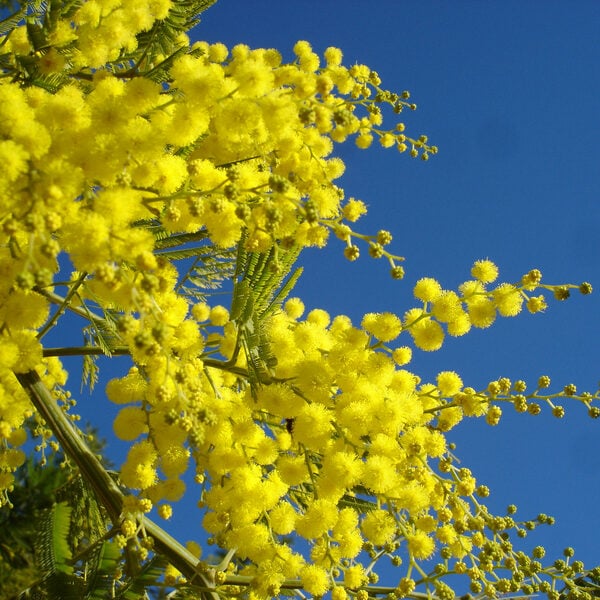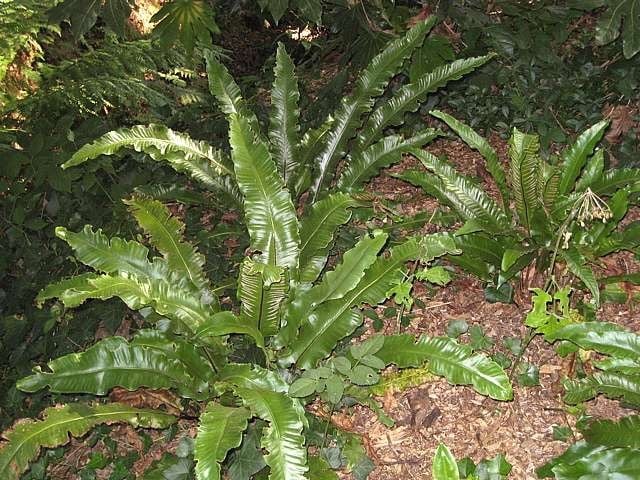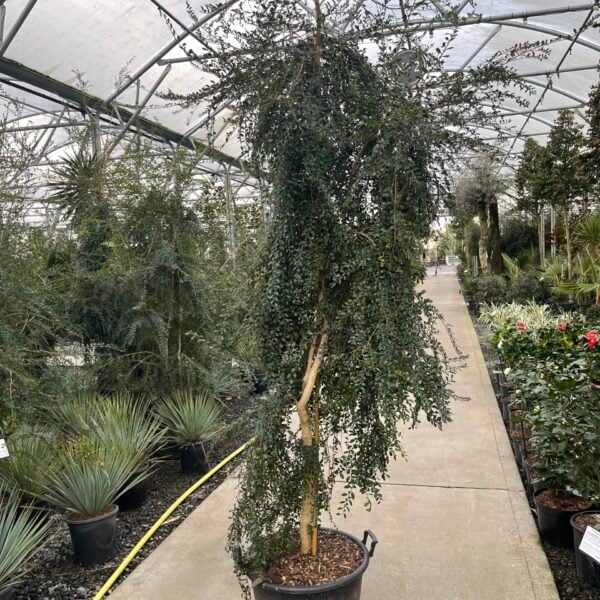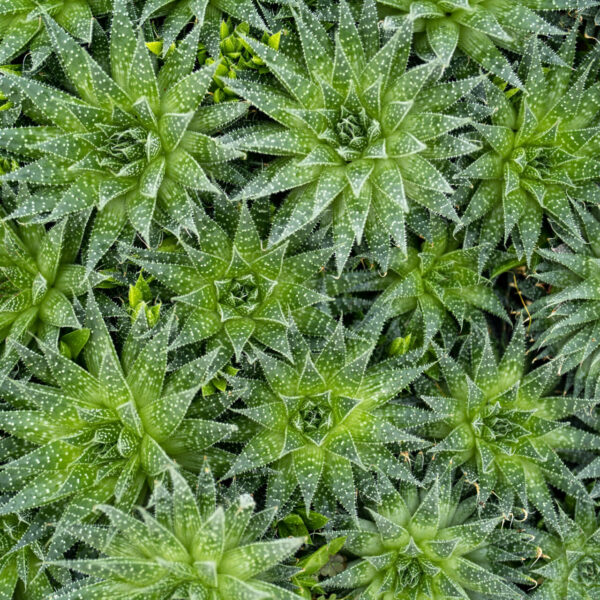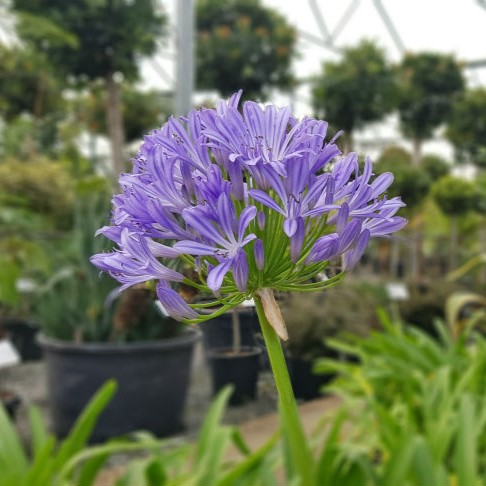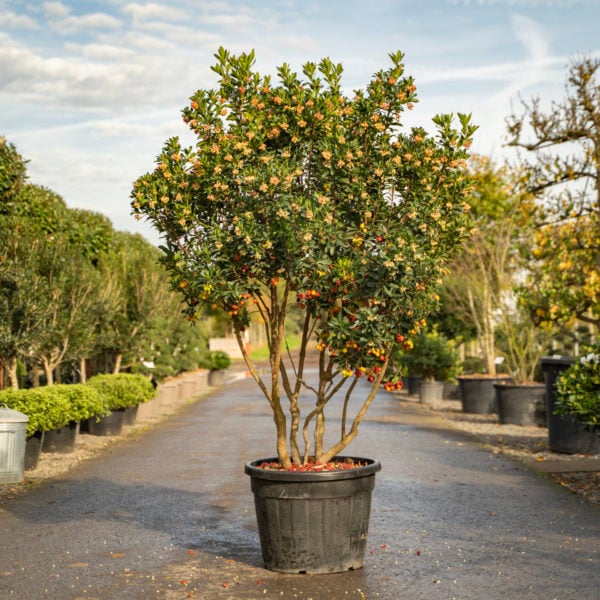Osmunda regalis (Royal Fern)
Impressive 4ft deciduous fern for sun or shade. Very distinctive with its brown spore bearing new fronds. Royal? No idea. Please contact us for stock availability and sizes.

Hardiness level Green
Royal Fern. Big (4ft x 4 ft), splendid and has the useful knack of growing in quite boggy places. One could say it's less fussy than most ferns. It has a huge geographical distribution throughout Europe, Asia and Africa which often gives a clue to a plant's fussiness; the smaller then distribution, the fussier, the larger the distribution, the easier. Not hard to work out why. When the fronds bear spores, they become brown and erect - a very noticeable part of being a Royal Fern. Deciduous - they die down in the winter like most ferns in temperate parts of the world. Not sure 'deciduous' is technically the right term.
If you have a new house and a new garden (especially in an area where clay predominates), the chances are that your garden has been 're-profiled' by the developers : clay compacted by heavy machinery, then covered in a few inches of topsoil. The process of turning this into a garden will be gradual and largely accomplished by your addition of organic mulch, the bacteria that breakdown the mulch and the worms that assimilate the broken down mulch into the ground. This is a part of the process of creating soil. If this is the starting point, there are lots of things that will establish and begin the process but unfortunately, ferns are not one of them. Either grow them in a pot or wait for a few years. Ferns are fuss pots and will only grow in good friable, well drained soil with lots of organic content.
Propagated by us from spores.
Additional Information |
|
|---|---|
| Soil Type | |
| Light | |
| Plant Type | |
| Continent of Origin | |
| Specialist Plants | |
| Situation | Coastal, Mild City Gardens, Plants for Pots, Sheltered Garden |
| Hardiness | |






